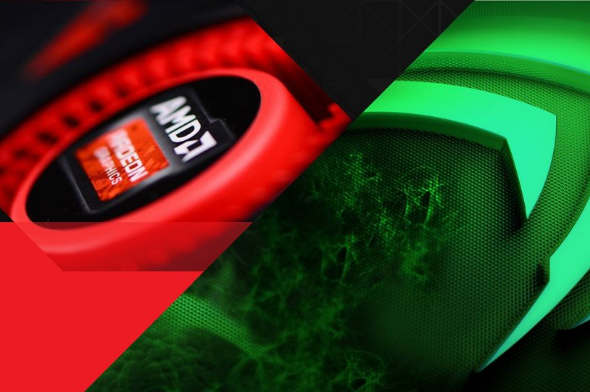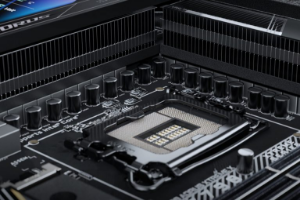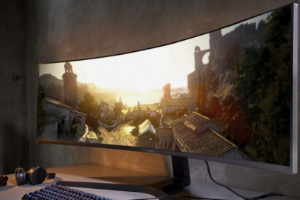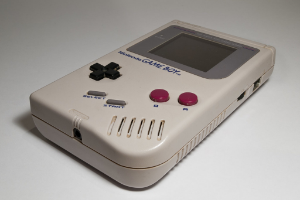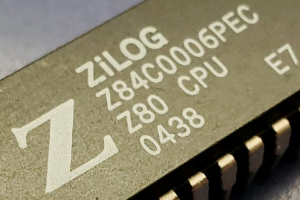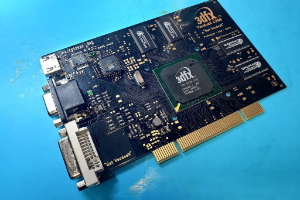Connection to DriversCloudCreate a DriversCloud.com accountReset your DriversCloud.com passwordAccount migration
NVIDIA/AMD DLSS and FSR techniques compared in 26 video games
Rather than looking at the strict performance achieved, Hardware Unboxed wanted to check out the rendering quality of DLSS and FSR.
NVIDIA's latest generation of graphics processors use TSMC's 5nm etch to pack nearly 80 billion transistors into a space smaller than the palm of a hand. Beyond the dizzying figures, we have to admit that such a technical feat implies a colossal research and development work as well as considerable financial means. The problem is that manufacturers cannot indefinitely increase the price of graphics cards, and the RTX 4000 generation has already been fairly criticized for the extra cost. NVIDIA, but also AMD or Intel, have no other solution than to find alternatives to this explosion of the number of transistors to further improve the graphics rendering.
In fact, an alternative has already been found for a few years, the super-sampling. Initiated by NVIDIA with deep learning super sampling - or DLSS - the technique aims at having the GPU calculate a scene in a lower image definition (for example 1440p) than the one that will actually be displayed (for example 2160p) in order to save resources. Once rendered, the scene is interpolated by powerful algorithms so that the final result is as close as possible to a native definition rendering. That's the theory, because in practice, things are much more complex and NVIDIA, for example, integrates an advanced frame generation system in version 3 of its DLSS so that it no longer simply interpolates, but creates images "from scratch.
The Hardware Unboxed site has taken it upon itself to compare the visual rendering of these techniques, putting aside Intel's XeSS, which is still a little young, and NVIDIA's DLSS3, which is not yet sufficiently supported. AMD's FSR2 and NVIDIA's DLSS2 were compared through 26 of the most popular games of the moment. Each game was tested using the super-sampling techniques of the two manufacturers, with four modes of operation of these techniques: 2160p quality, 2160p performance, 1440p quality and 1440p performance. An evaluation grid (above) was set up in order to have something as precise as possible, but as these are "aesthetic" evaluations, the thing remains rather subjective.
However, the results are clear and out of the 104 tests conducted by Hardware Unboxed, NVIDIA's DLSS wins almost every time. To be completely accurate, it should be noted that at no time, on any game, does the site feel that DLSS is truly superior to NVIDIA's technology. At best, AMD manages to match it, but that only happens on eight tests. In total, therefore, DLSS wins in 92% of cases. More importantly, the difference is most noticeable in the most critical mode, 1440p performance. This mode is indicated for the least performing hardware and NVIDIA's domination is total here.
In its conclusion, Hardware Unboxed underlines without surprise that AMD still has work to do when the performance modes are activated, in 1440p but also in 2160p. The visual result is not at all up to par with significant visual artifacts and a glaring lack of image stability, especially on backgrounds that "vibrate" and where textures can "flicker". While rolling out the red carpet for NVIDIA, Hardware Unboxed does point out some areas of improvement for DLSS, which can still make progress in managing ghosting: the image tends to leave streaks as you can see on the leaves of the tree above. All in all, it is worth noting the significant progress made by NVIDIA of course, but also by AMD on technologies that are not yet very old and, therefore, will continue to progress.
